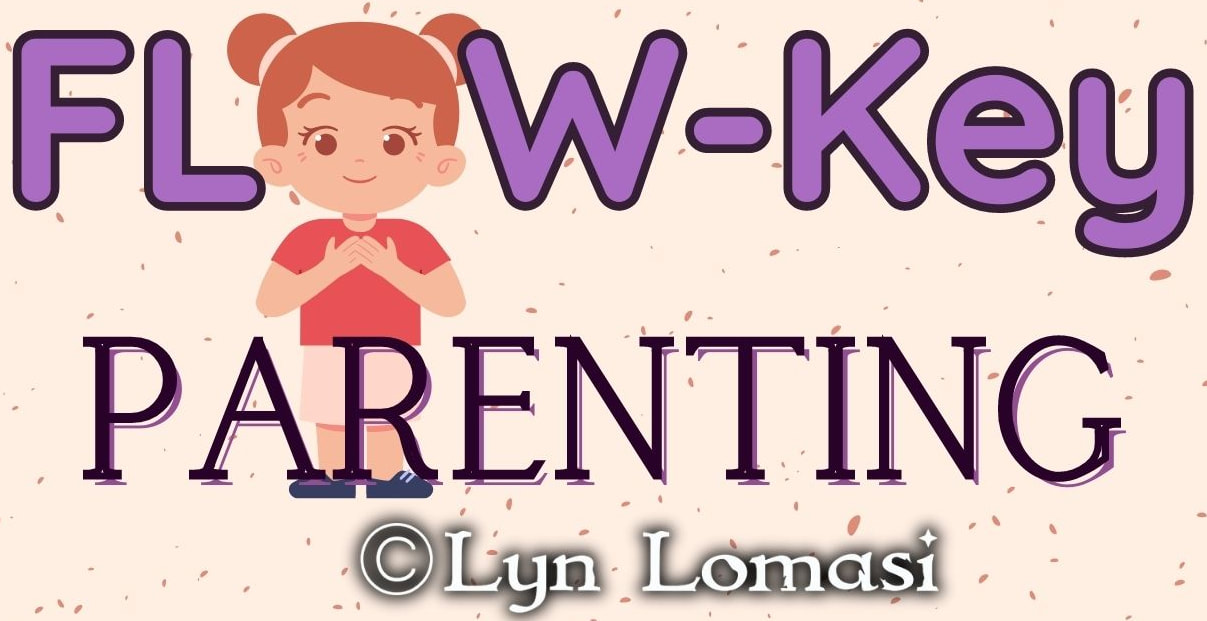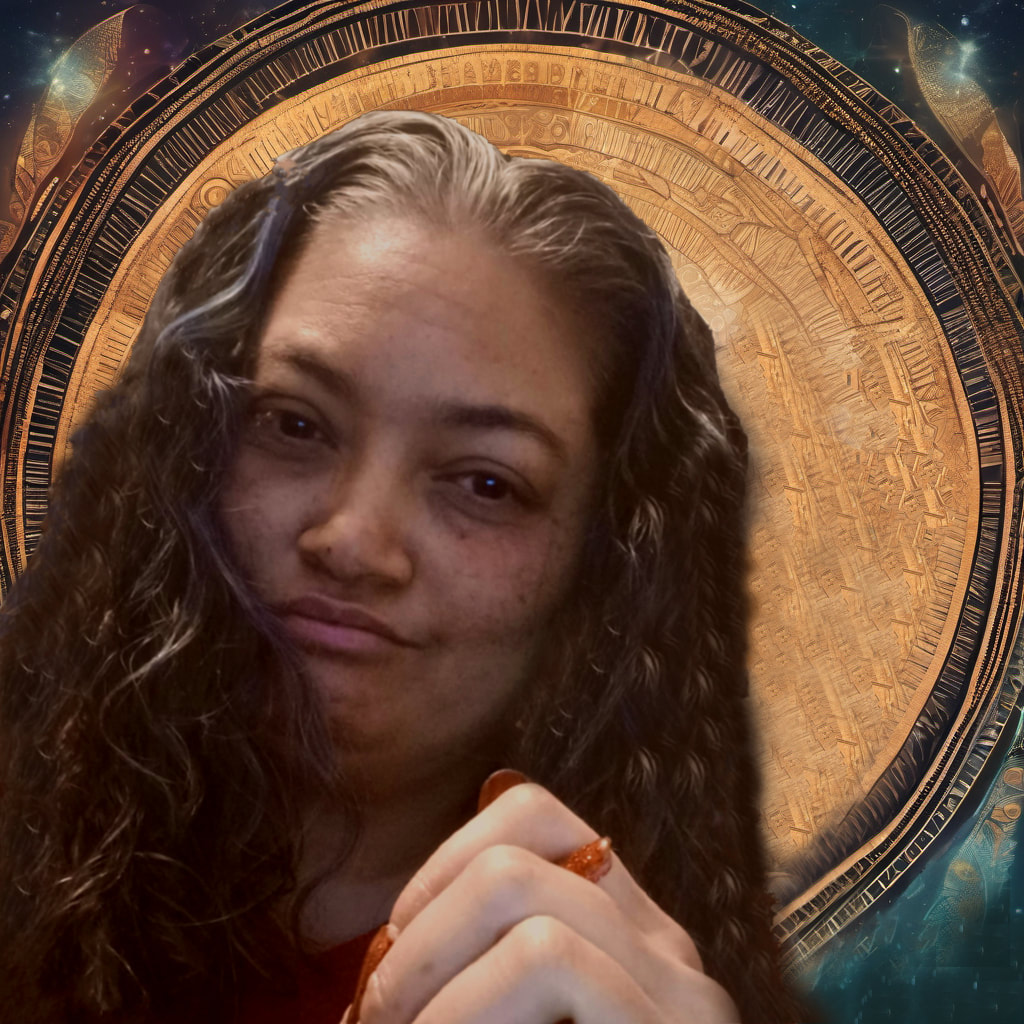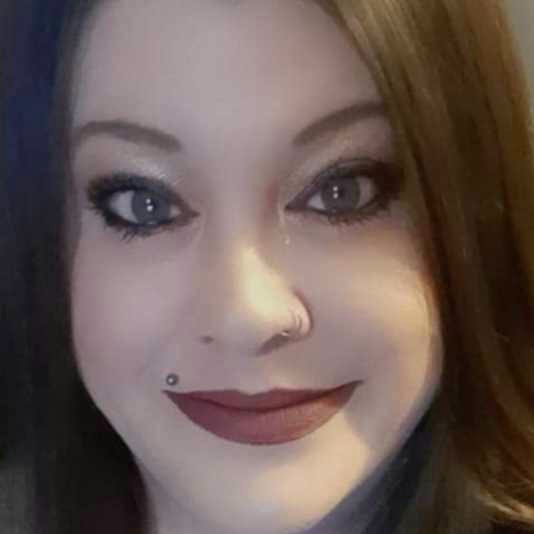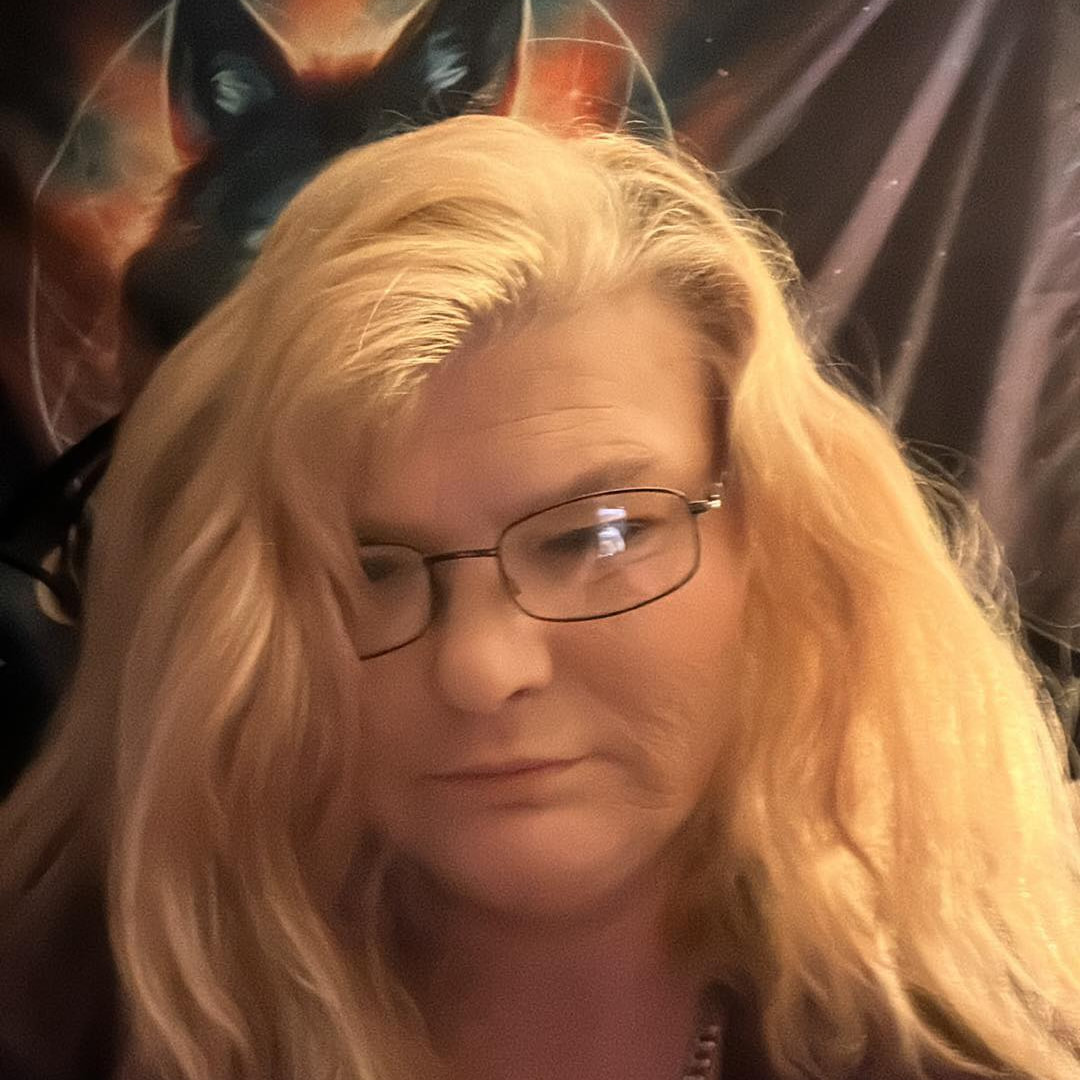|
Baby Eczema can be either mild or serious. From natural to prescription remedies, treatment options are varied. Here are some of the most common ways to treat baby eczema, as well as a few tips and tricks I learned in dealing with baby eczema in more than one of my kids. Learn how to treat baby eczema and turn your back on it forever, with tips from a mom who knows the pain all too well.
What is Baby Eczema? Eczema, also referred to as atopic dermatitis, is a skin eruption that can cause mild to very severe symptoms, like redness, raised skin, and itchiness. Many times it afflicts those with asthma or allergies, but it can occur in anyone. The exact cause is unknown. Baby eczema is that which occurs in infants. Because babies already have sensitive skin, this can be a delicate issue to deal with. Some infants can even get cracked, bleeding, or even yellow and infected skin, due to eczema. What Can You do to Treat Baby Eczema? There are many ways to treat baby eczema. Keeping the skin clean and moisturized is key. Fragrance free lotions and creams may be a recommended first step. There are over the counter creams, such as cortisone cream, to help treat itching. However, frequent use of those can actually cause further damage to the skin. The doctor may also prescribe an ointment or cream to treat the eczema or an antihistamine to help control the itching. What Worked for My Baby's Eczema? Each child is different, as far as how they react, as well as which treatments worked. Here are a few of the treatments that worked best for us. I have more than one child who was prone to eczema flare-ups as a baby. Even the doctor-recommended lotions and creams that were fragrance free would irritate the eczema, rather than helping, in our case. Original A+D Ointment - I decided to try the A+D ointment one day after asking the pediatrician. To my surprise, the A+D ointment started working fairly quickly. I noticed results the same day and began using the ointment every day. After that, flare-ups started occurring less and less and eventually cleared for good. The same thing happened in three cases, so I definitely recommend talking to a doctor about the A+D ointment. Medline Remedy Olivamine Clear-aid Skin Protectant - One of my babies would break out very easily and her eczema rashes didn’t respond to anything until we tried the Medline Remedy Olivamine Clear-aid Skin Protectant. This was recommended by NICU nurses for our preemie baby’s diaper rashes. But we liked it a lot and started using it for all skin irritations in multiple kids. It turns out that any time there’s a rash, dry skin, or other skin irritation, this cleans it up quickly, sometimes in just a few minutes, which is like a miracle, compared to other treatments that take days or months. With the kids this was tried on, flare-ups only seem to occur when they're accidentally exposed to an allergen. Other than those instances, after using this on every flare, it hasn't come back at all. Homemade Intent-sive Healing Baby Balm - Once we better learned what worked and didn't on everyone's sensitive skin, we decided to invent our own healing balm with all natural ingredients. While the above methods worked, we found the homemade healing baby balm was not only clearing up outbreaks, but it was making the skin healthier day by day. Not only is everyone's skin glowing now, but all outbreaks have completely stopped, even when they are accidentally exposed to things that made them break out previously. When Should You Call a Doctor for Baby Eczema? A properly licensed pediatrician or family practice doctor should always be contacted if you suspect that your baby has eczema or notice any other rashes or skin irritations. Treatment options should also be discussed with a doctor. If you hear about a product or treatment option that your child's pediatrician has not mentioned, discuss it with him or her before trying it on the child's baby eczema. Extra Tips for Treating Baby Eczema
*Note that the author is not a licensed medical professional. This is intended for informational purposes only, as individual results may vary. Always contact a licensed medical professional for health matters.
Sources: Personal experience http://www.mayoclinic.com/health/eczema/DS00986
Last updated 7/9/2023 by Lyn Lomasi
0 Comments
Prevention is the best method to solve the problem of baby stains on clothing. However, sometimes accidents still will happen. Such is routine when there are children around. To prevent baby accidents or spills, try using flat fold cloth diapers as shoulder and lap covers when handling the baby. This will help prevent spit up and other baby stains. It also is a smart idea to not wear your best clothing when feeding the baby. When prevention fails, parents need to know how to remove stains from clothing, be it the baby's clothing or their own. Here are my best tips on how to remove baby stains from clothing.
How To Remove Baby Stains From Clothing Act Quickly Act quickly when it comes to baby stains. The quicker you remove baby stains from clothing, the better the results. Most baby food stains are going to be food-based, even the worst ones, so think in terms of getting out food stains. First Steps for Removing Baby Stains From Clothing To remove baby stains from clothing, first use a Huggies baby wipe to wipe it away while it's still wet. You can also use a wet cloth or oil-free homemade baby wipes. If there is any stain remaining, you can lightly dab on either some eco-friendly fragrance & dye-free dish soap or hydrogen peroxide and lightly rub the solution in with a Huggies baby wipe. Hydrogen Peroxide and Tougher Baby Stains Hydrogen peroxide works best for tougher stains and also is only good to use on white clothing. It has a very effective bleaching effect, so do not use it on colors. On colors, instead use the liquid laundry soap. Removing Baby Stains Completely Once you have applied the hydrogen peroxide or soap, to remove baby stains from clothing completely, fill a sink with warm water and swish the stained item around with the soap or hydrogen peroxide still there. If necessary, also lightly rub the stain. Apply more soap or hydrogen peroxide as necessary, rinsing until the stain is gone. Do not scrub the clothing too hard or it may get ruined. Gentle scrubbing is best. Rinse the baby clothing out. If this process did not remove the baby stains from the clothing, repeat the process. Finishing Steps to Remove Baby Stains from Clothing Once you have gone through the steps to remove baby stains from clothing, hang the clothing to dry. Sometimes a lighter version of the stain may still be there once dry. Do not put the clothing in the dryer again until the clothing has dried and you can see that the entire stain is removed. The dryer can set the stain in. If you have already done this, you may have to work extra hard with a combination of all three scrubbing ingredients to remove baby stains from clothing. Why This Method Works for Removing Baby Stains From Clothing The reason the hydrogen peroxide works to remove baby stains is because its bubbling action pulls out residue that might get under the surface. Laundry soap works is because, well, it's designed for dirty laundry. Liquid dish soap can remove baby stains from clothing because it is designed to remove food stains. Again, most baby stains are related to food, including those that come out the other end. It is, after all, food waste processed by the body. *For more baby and parenting tips, please click the subscribe button to the right and check out our other sections as well. Source: Purely Personal Experience
Last updated 7/9/2023
|
Instant Download On Order
Categories
All
Archives
May 2024
|
- Brand Shamans
- Brand Healing
- Inner Healing
-
INTENT-SIVE NATURE
- Content & Brand Elevation
- Healing Jewelry & Talismans
- Bath, Beauty, & Self-Care
- Healing Sessions
- Rituals, Herbs, & Altar Supplies
- Gawwwdess Baby Boutique
- Soul Flame Gifts
- Yoga & Meditation
- Books & Media
- Education & Homeschool Resources
- Home, RV, & Decor
- Clothing
- Pets
- Custom Orders
- Monthly Subscription Boxes
- October Festivals
- FLOW-Key Parenting
- About & Contact
- RV, Nature, & Travel Shamans
- Souls Within
- Life & Home
- Heart 'N Mind Homeschool
- The Homeschooling Mommy
- Books & Authors
- Speak Up!
- Pawsitive Pet Parenting
- Manifesterz
- Gifts In Minutes
- Brand Shamans
- Brand Healing
- Inner Healing
-
INTENT-SIVE NATURE
- Content & Brand Elevation
- Healing Jewelry & Talismans
- Bath, Beauty, & Self-Care
- Healing Sessions
- Rituals, Herbs, & Altar Supplies
- Gawwwdess Baby Boutique
- Soul Flame Gifts
- Yoga & Meditation
- Books & Media
- Education & Homeschool Resources
- Home, RV, & Decor
- Clothing
- Pets
- Custom Orders
- Monthly Subscription Boxes
- October Festivals
- FLOW-Key Parenting
- About & Contact
- RV, Nature, & Travel Shamans
- Souls Within
- Life & Home
- Heart 'N Mind Homeschool
- The Homeschooling Mommy
- Books & Authors
- Speak Up!
- Pawsitive Pet Parenting
- Manifesterz
- Gifts In Minutes

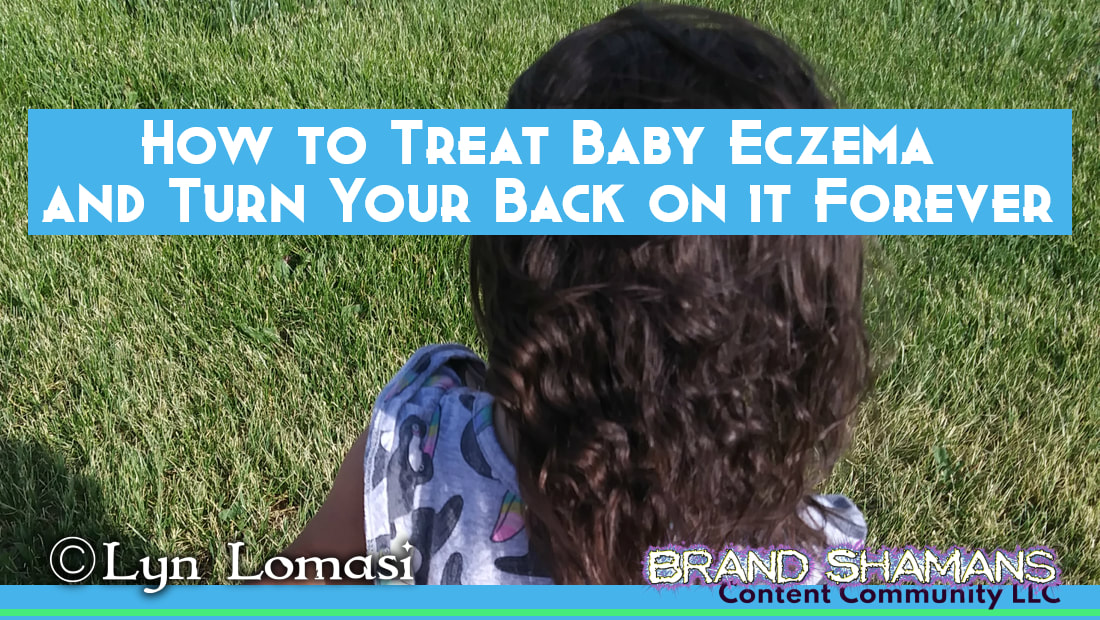

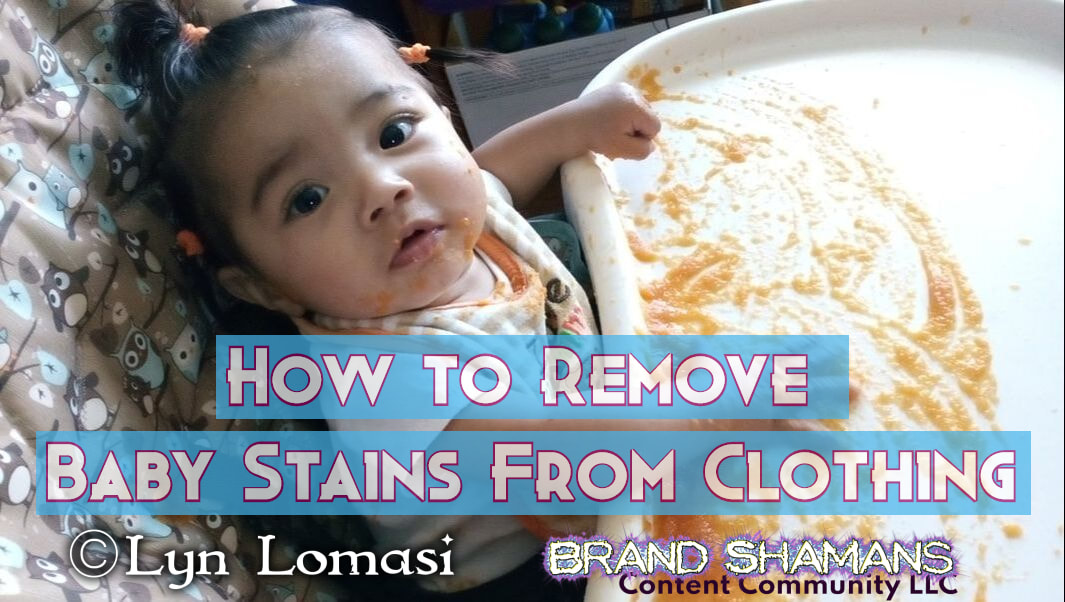
 RSS Feed
RSS Feed
